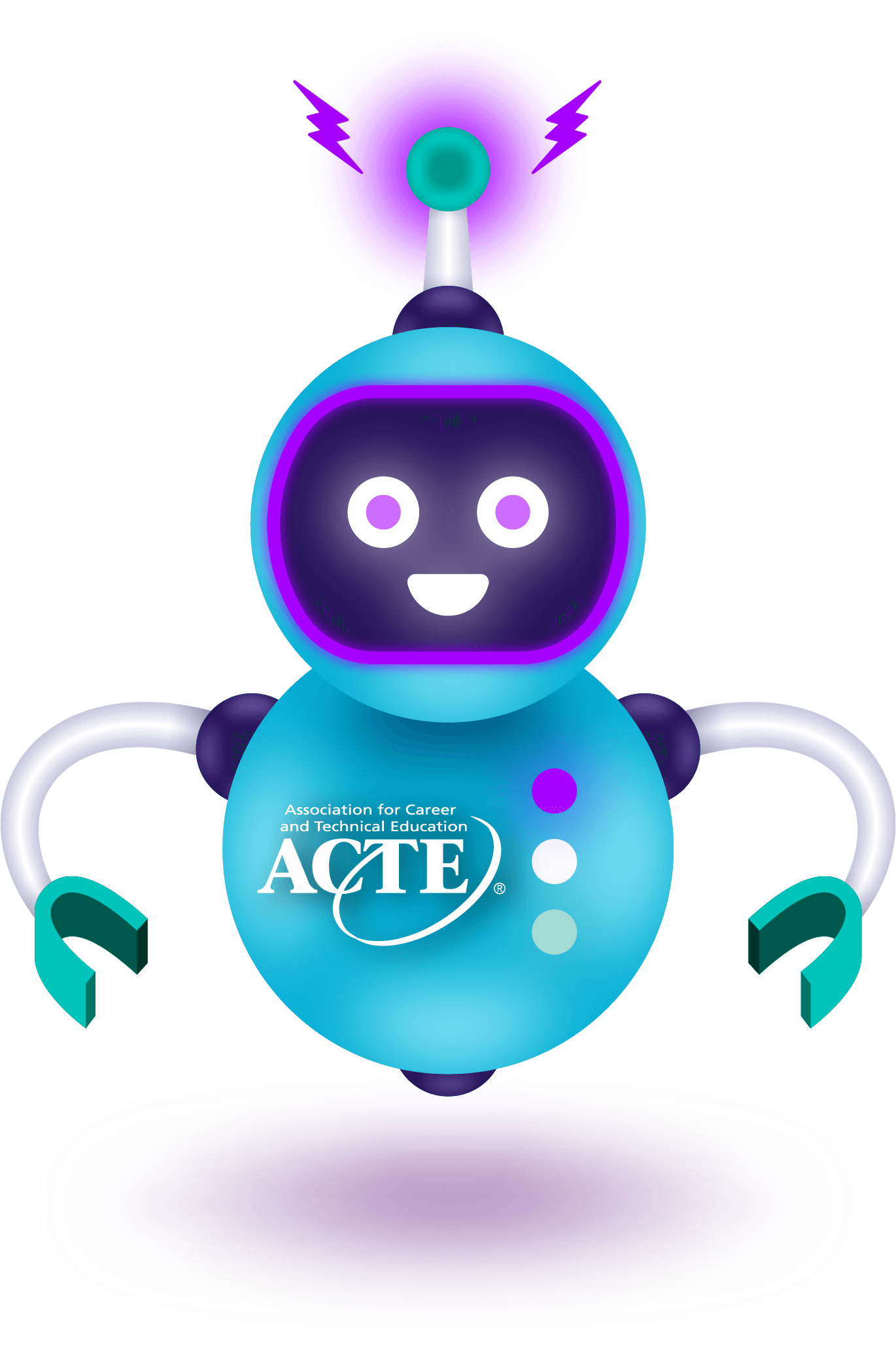Linear Flow Chart is part six in an eight-part series on e-learning technical vocabulary systems. Read part one, part two, part three, part four and part five.
Ever played an anagram? Someone gives you a set of letters and you race to make as many words as possible. Scramble and unscramble. Focus. Concentrate. Identify new connections and patterns from the letters.
It’s a cognitive challenge!
Aren’t they fun? If you enjoy anagrams, you will love this vocabulary activity with your students.
Of course, it’s not quite the same. Students won’t simply be unscrambling letters. The flow chart activity is more about connecting terms with strategic thought. According to Daniel Pink (2009) author of Drive, the best methods to motivate students involve creating interesting challenges that offer multiple solutions. At the end of a round of anagrams, the buzzer sounds and lists are compared. Players “oooh” over other, often more complex, arrangements by their opponents.
The linear flow chart activity can work in much the same way. In the video attached for support, students are challenged to start with a word — “bradycardia” — and use its roots to form new words. They repeat until they have done this six times.
Allied health students must develop understanding of root words, prefixes and suffixes. Thus this approach for vocabulary practice works well. In the video below, one student began with bradycardia and flowed their thinking to end with the word psychosis.
Students share their lists and then natural dialogue ensues. They benefit from the opportunity to discuss meaning and connections between the technical terms. This will work in either a traditional classroom setting or in a digital setting, like Google classroom or Zoom.
Note: This vocabulary strategy should be adapted to reflect the type of thinking required for each field. The video addressed use in a health science classroom, while the steps below center automotive technology. In automotive, students conduct operations in a linear fashion. An instructor might challenge students to use the terms in progression and to follow up with dialogue about the why the flow matters.
Linear Flow Chart
Gist: Students put terms in sequential order to show a big-picture understanding of how they fit together.
When to use: When you have several vocabulary terms that all relate to the same process
How It Works
- Create a word bank of terms that relate to a relevant process. Want to make it more challenging and fun for students? Include several extra words so they must choose which ones are part of the process. (For example: An engine fundamentals instructor might use “intake valve,” “exhaust valve,” “power stroke,” “fuel-air mixture,” and so on.)
- Instruct students to fill in the flow chart, placing all the terms in sequential order. To engage students kinesthetically, have them create a large flow chart on the floor or wall.
- Say, “Now we want to be able to look at this chart and read it smoothly. Turn each step in the chart into a complete sentence. Explain the process, using the terms in the chart.” (For example: “Intake valve —>gt; fuel-air mixture” becomes “The intake valve opens to allow in fuel-air mixture.”)
- Repeat step three with each segment of the flow chart, so the student ends up with a few complete sentences that explain the process smoothly.
Download the Linear Flow Chart worksheet for use in your CTE classes.
Sandra Adams is a teacher and instructional coach with the Career Academy, Fort Wayne Community Schools. She co-wrote the ACTE-supported book But I’m NOT a Reading Teacher!: Literacy Strategies for Career and Technical Educators with Gwendolyn Leininger, where further detailed explanations of the strategies in this series can be found. Email her.







